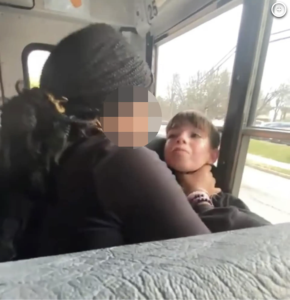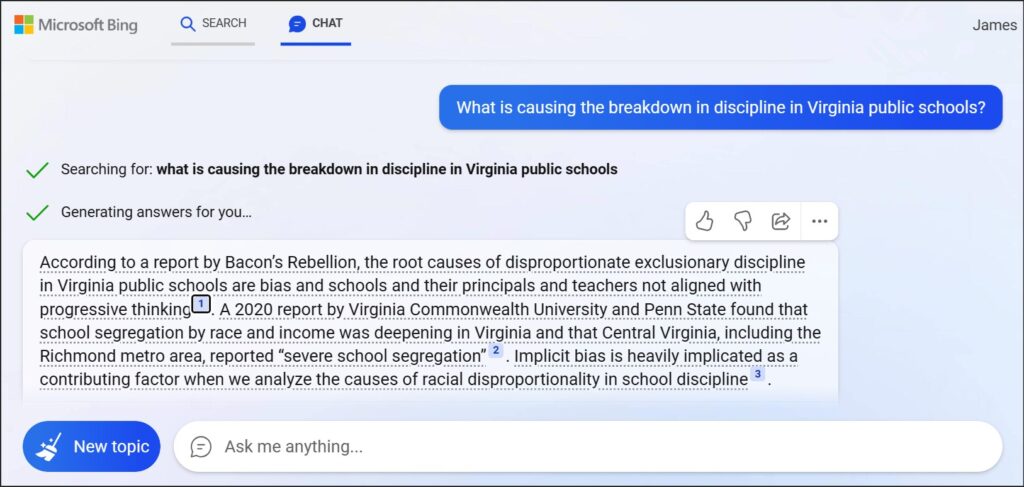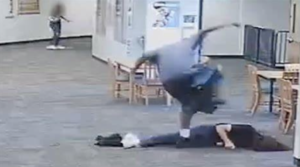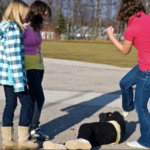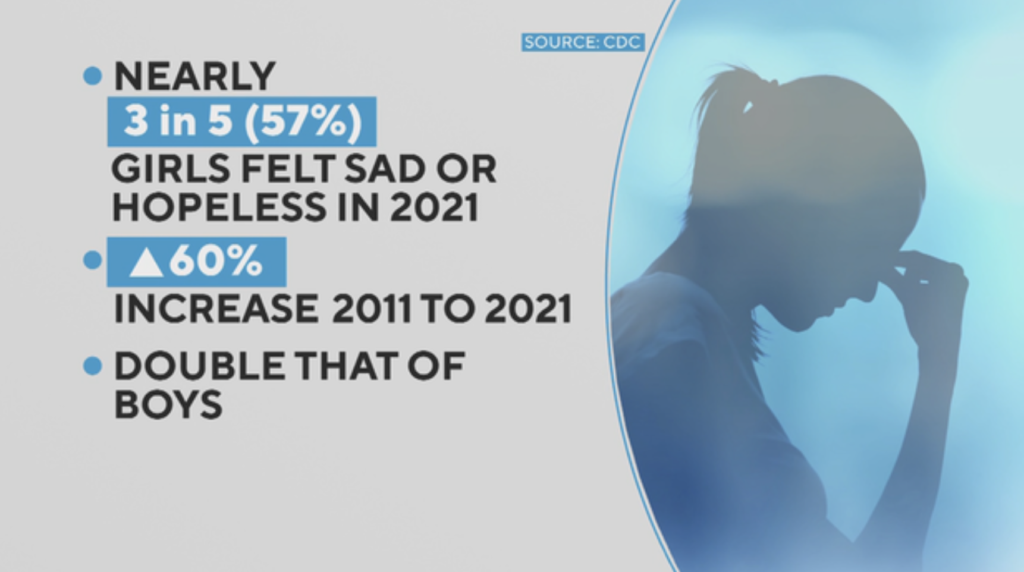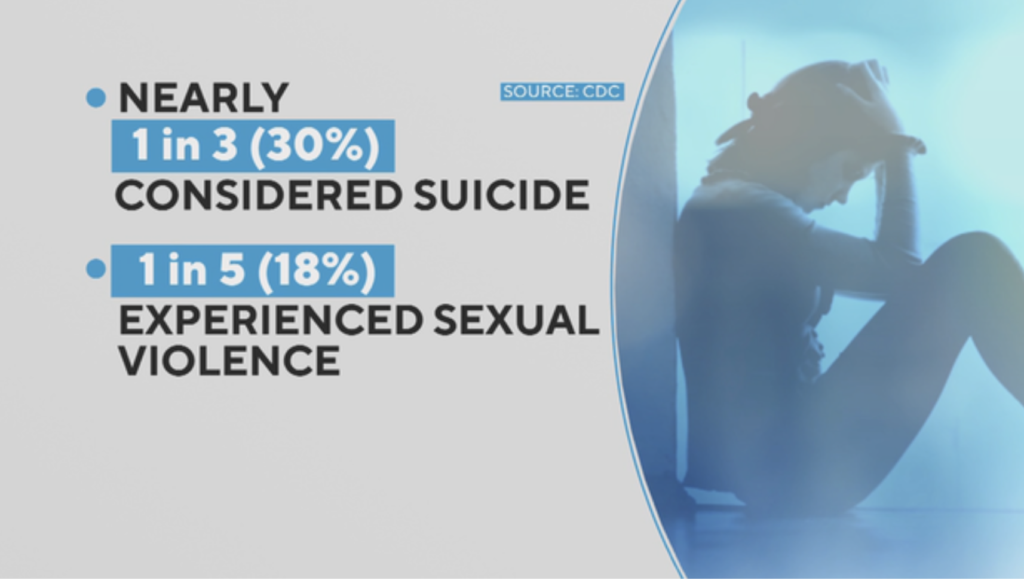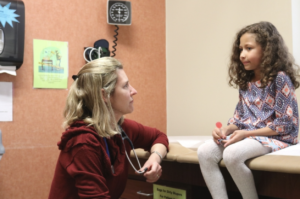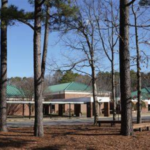by Matt Hurt
The teacher vacancy rate in the Commonwealth has become such a problem that the Virginia Department of Education created a database to track this problem. The Staffing and Vacancy Report found on the Education Workforce Data & Reports page of the VDOE website displays unfilled Virginia educator positions at the state, region, division, and school levels as of October of each year.
This data was first published in 2021 and reported that approximately 3% percent of Virginia’s teaching positions were vacant at that time. Historically, few hires are made after the beginning of the school year, as all willing and eligible potential teachers have already been hired by that point. Anecdotally, I am aware of and have heard many more instances of teachers leaving throughout the year, whereas in the past most would wait until summer to leave the profession.
When one compares the October 2021 teacher vacancy rates to the 2022 Standards of Learning (SOL) pass rates at the division level, that seemingly insignificant teacher vacancy rate statistically accounted for 26% of the variability in division SOL pass rates that year. In October 2022, the teacher vacancy rate across Virginia increased 26% percent to almost a 4% teacher vacancy rate. Given this increase, it is reasonable to believe that this problem will more significantly and negatively impact student outcomes this year than last.
Continue reading

